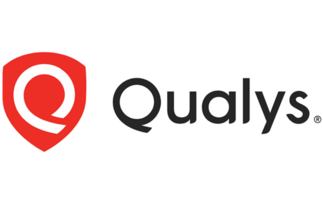They would offer no protection against insider threats, says ESET chief
Creating standards will not eliminate security concerns around the cloud, and could result in more targeted attacks, according to Richard Marko, CEO of security provider ESET, who was speaking at p...
To continue reading this article...
Join Computing
- Unlimited access to real-time news, analysis and opinion from the technology industry
- Receive important and breaking news in our daily newsletter
- Be the first to hear about our events and awards programmes
- Join live member only interviews with IT leaders at the ‘IT Lounge’; your chance to ask your burning tech questions and have them answered
- Access to the Computing Delta hub providing market intelligence and research
- Receive our members-only newsletter with exclusive opinion pieces from senior IT Leaders




















